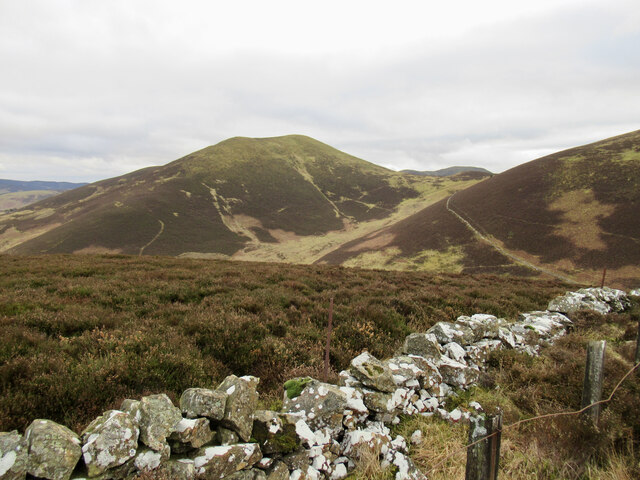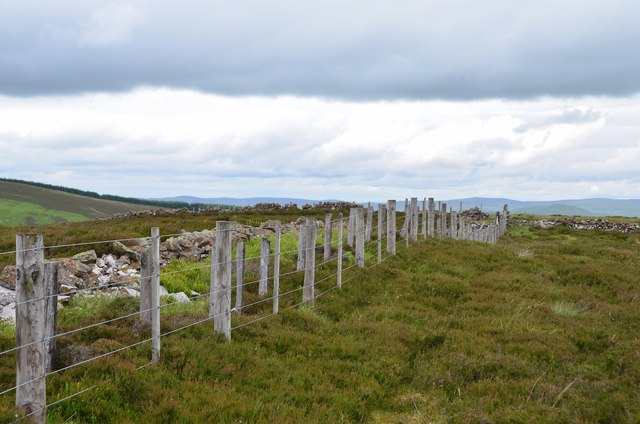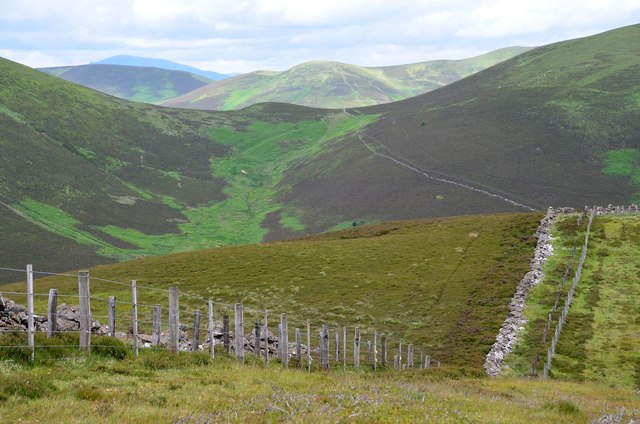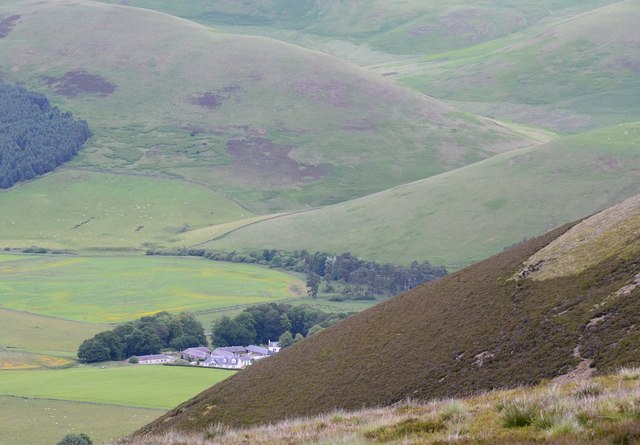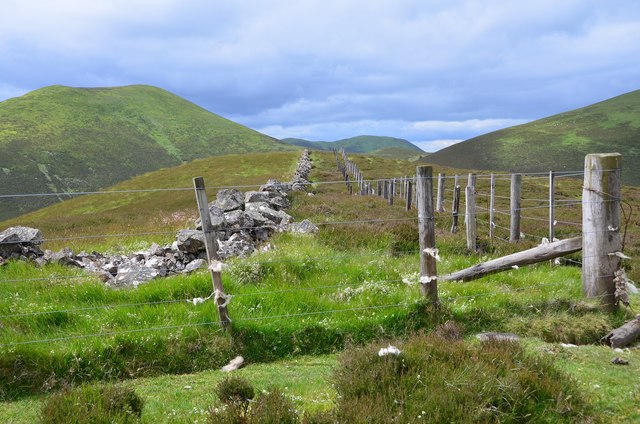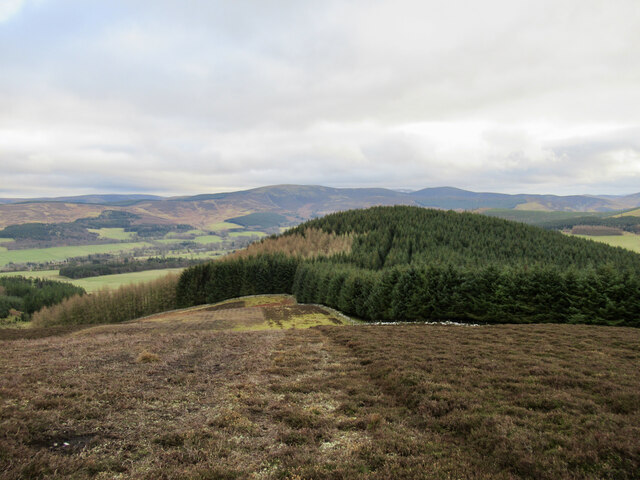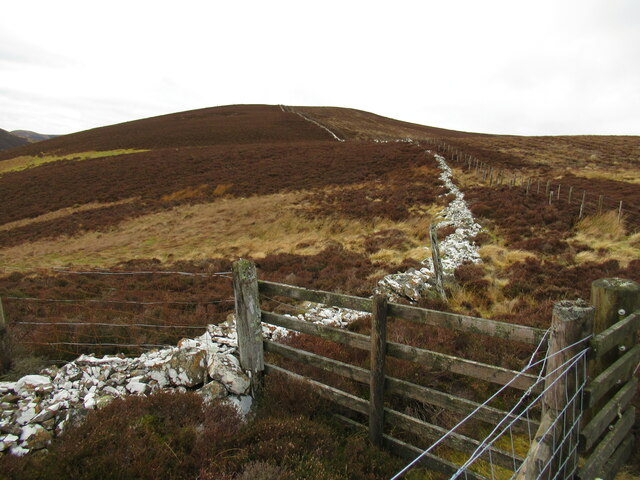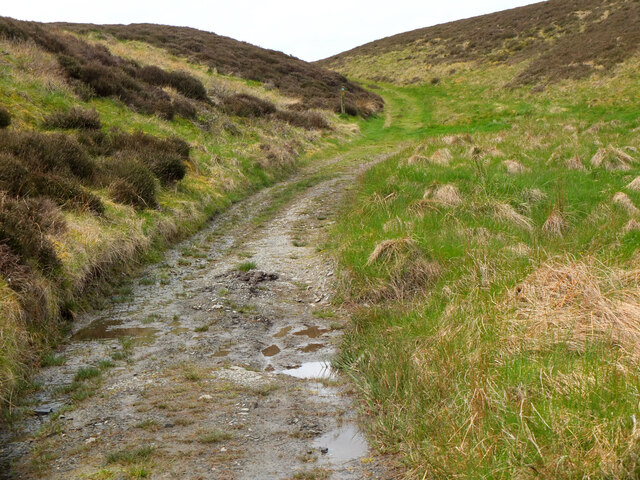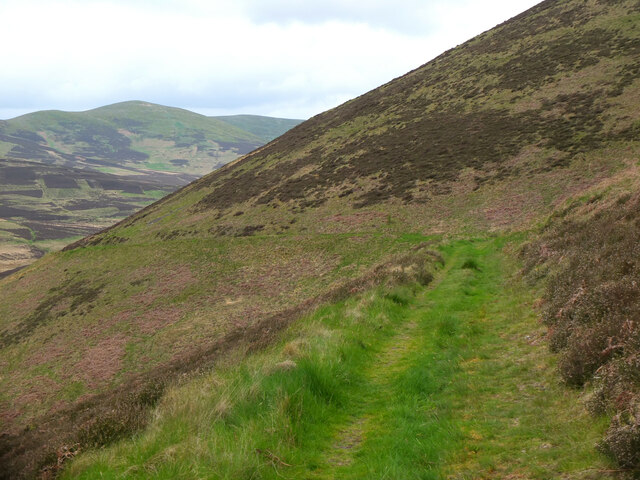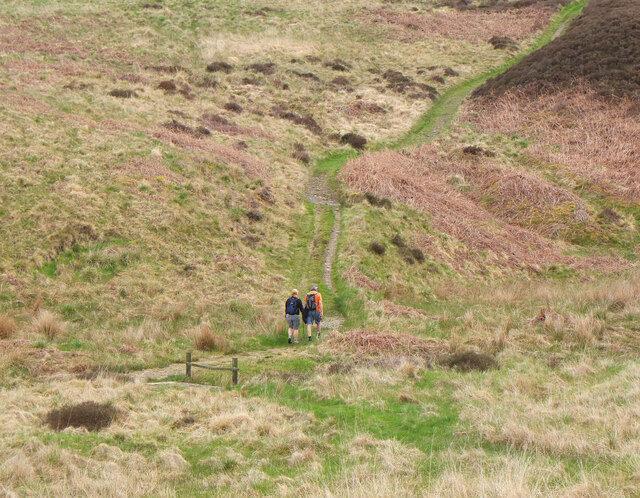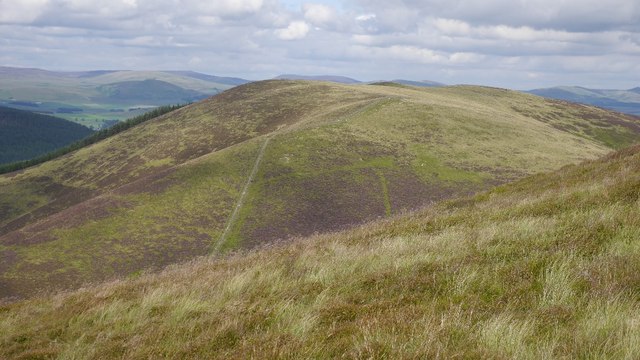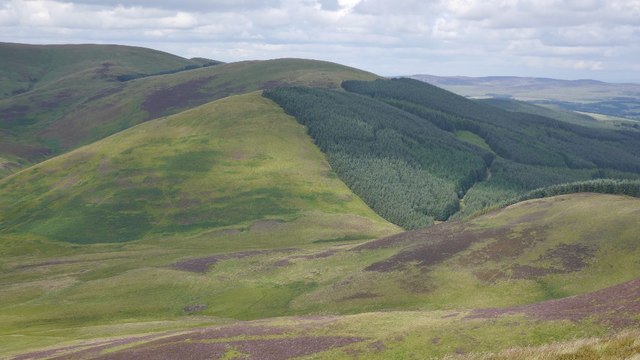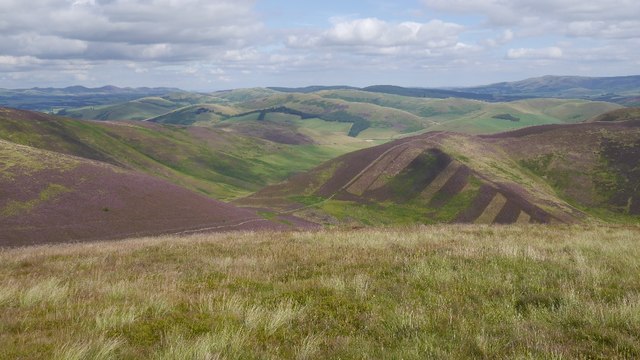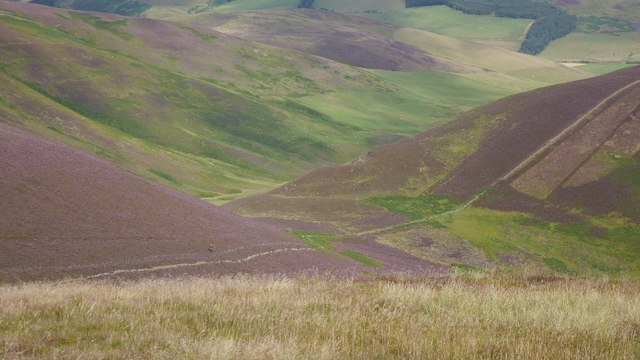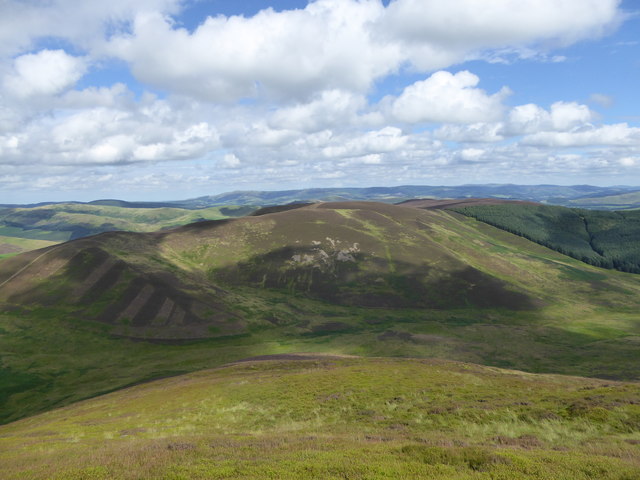Cat Hill
Hill, Mountain in Peeblesshire
Scotland
Cat Hill
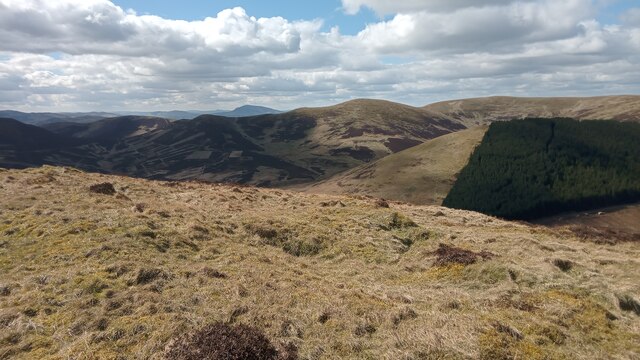
Cat Hill is a prominent landmark situated in Peeblesshire, a county located in the southern region of Scotland. Rising to an elevation of approximately 450 meters (1,480 feet), it is classified as a hill or mountain depending on the definition used. Cat Hill is positioned within the beautiful and picturesque Scottish Borders, known for its stunning landscapes and rich history.
The hill is characterized by its distinct shape, resembling a crouched cat, which inspired its name. Covered in lush green vegetation, Cat Hill offers breathtaking panoramic views of the surrounding countryside. It is a popular destination for hikers, nature enthusiasts, and photographers who are drawn to the area's natural beauty and tranquility.
In terms of geology, Cat Hill is composed mainly of sedimentary rocks, such as sandstone and shale, formed millions of years ago. These rocks have been shaped by erosion, resulting in the hill's smooth slopes and distinctive features.
The area surrounding Cat Hill is home to a diverse range of flora and fauna, including various species of birds, small mammals, and wildflowers. The hill provides a habitat for wildlife to thrive, making it an ideal location for nature lovers to observe and appreciate Scotland's natural biodiversity.
Access to Cat Hill is relatively easy, with several footpaths and trails leading to its summit. Visitors can enjoy a leisurely hike or a more challenging ascent, depending on their level of fitness and experience. The hill's accessibility, combined with its stunning views and natural surroundings, makes Cat Hill a popular destination for outdoor enthusiasts seeking a peaceful escape in the heart of Peeblesshire.
If you have any feedback on the listing, please let us know in the comments section below.
Cat Hill Images
Images are sourced within 2km of 55.650236/-3.3386262 or Grid Reference NT1540. Thanks to Geograph Open Source API. All images are credited.

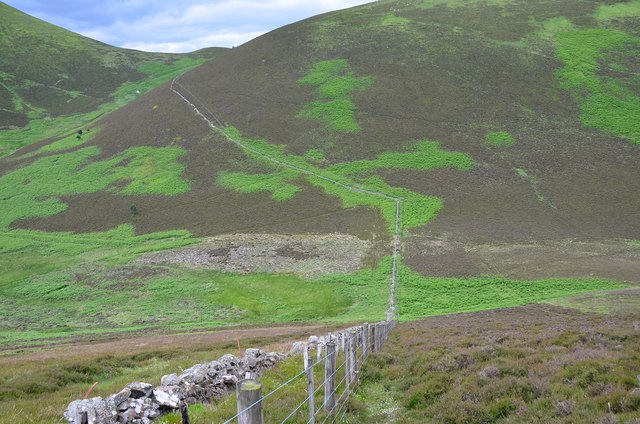
Cat Hill is located at Grid Ref: NT1540 (Lat: 55.650236, Lng: -3.3386262)
Unitary Authority: The Scottish Borders
Police Authority: The Lothians and Scottish Borders
What 3 Words
///challenge.tonic.canines. Near Peebles, Scottish Borders
Nearby Locations
Related Wikis
Battle of Happrew
The Battle of Happrew was a skirmish which took place around 20 February 1304, during the First War of Scottish Independence. A chevauchée of English knights...
Tarth Water
The Tarth Water is a river in Peebleshire, in the Scottish Borders. It forms part of the River Tweed system. The river with a total length of 7.1 miles...
Drochil Castle
Drochil Castle is a ruined castle in the Scottish Borders. It is located above the Lyne Water, 10 kilometres (6.2 mi) north-west of Peebles, and 8 kilometres...
Lyne Kirk
Lyne Kirk is an ancient and historic kirk or church, of the Church of Scotland. It is situated on top of a mound adjacent to the A72 trunk route 4.5 miles...
Have you been to Cat Hill?
Leave your review of Cat Hill below (or comments, questions and feedback).
